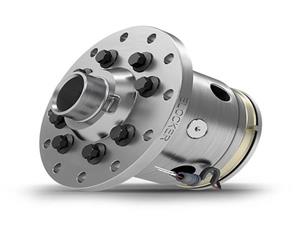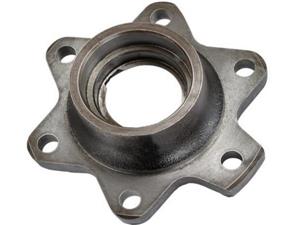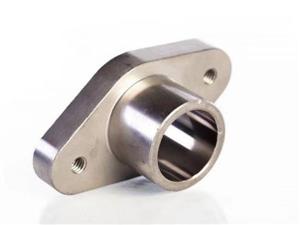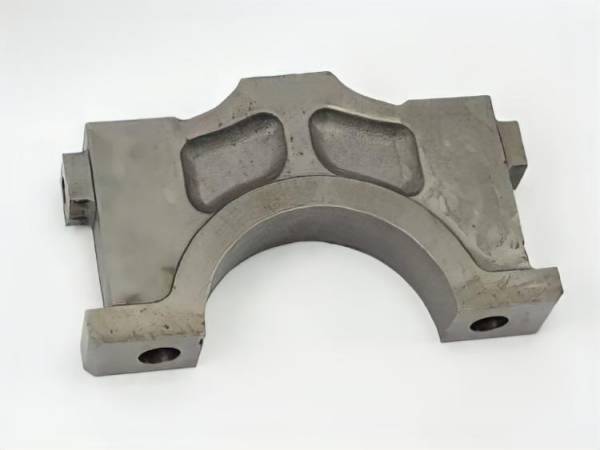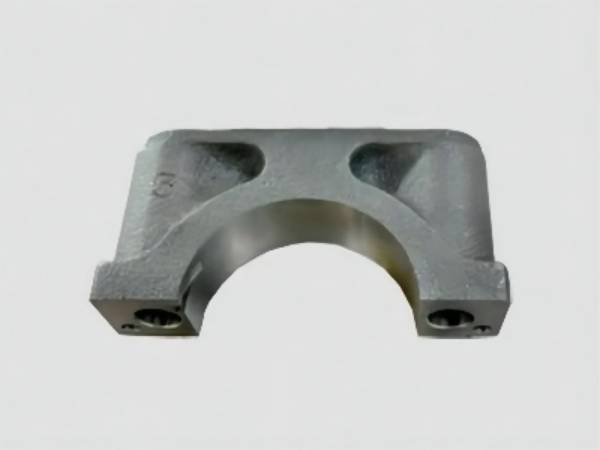Common Iron Castings, Types and Applications
Good fluidity, low body and linear shrinkage. The comprehensive mechanical properties are low, and the compressive strength is about 3-4 times higher than the tensile strength. Good vibration absorption. The elastic modulus is low.
Application: The shape can be complex, and the structure allows for asymmetry. There are box and barrel castings, such as cylinder bodies, cylinder sleeves, various machine tool beds, bases, flat plates, platforms, and other castings for engines.
The fluidity is similar to that of gray cast iron; The volume shrinkage is larger than that of gray cast iron, while the linear shrinkage is small, which is easy to form shrinkage holes and porosity. High comprehensive mechanical properties and higher elastic modulus than gray cast iron; Good abrasion resistance; Good impact toughness and fatigue strength. The vibration damping capacity is lower than that of gray cast iron.
Application: Generally designed for uniform wall thickness; For thick and large section parts, hollow structures such as nodular cast iron crankshaft journals can be used.
The fluidity is worse than that of gray cast iron; The volume shrinkage is large, and after annealing, the final linear shrinkage is very small. Before annealing, it is brittle and the workpiece is easily damaged. The comprehensive mechanical properties are slightly inferior to those of ductile iron, and the impact toughness is 3-4 times greater than that of gray iron.
Application: Due to the requirement of white mouth as cast, it is generally a thin-walled and uniform piece, with a common thickness of 5-16mm. In order to increase its rigidity, the section shape is mostly I-shaped, T-shaped, or box shaped, avoiding cross shaped sections; The protruding part of the part shall be reinforced with ribs.
Poor fluidity, large volume shrinkage, linear shrinkage, and crack sensitivity. High comprehensive mechanical properties; Compressive strength is almost equal to tensile strength. Poor vibration absorption.
Application: The structure should have a minimum of thermal nodes and create conditions for sequential solidification. The connection and transition of adjacent walls should be more smooth; The cross section of the casting shall adopt a box shaped and groove shaped structure that is approximately closed; Some horizontal walls should be changed into inclined walls or wavy shapes; The overall wall should be changed to a wall with a window. The window shape should preferably be elliptical or circular, and the edge of the window should be provided with a boss to reduce the possibility of cracks.
5. Tin bronze and phosphorus bronze parts
The casting performance is similar to that of gray cast iron. However, due to the large crystallization range, shrinkage cavities are easy to occur; Poor liquidity; Poor high-temperature performance and easy brittleness. The strength decreases significantly as the cross section increases. Good wear resistance.
Application: The wall thickness shall not be too large; The protruding part of the part shall be reinforced with thinner reinforcing ribs to avoid thermal cracking; The shape is not easily too complex.
6. Wuxi bronze and brass parts
Large shrinkage, small crystallization range, easy to produce concentrated shrinkage cavities; Good liquidity. Good wear and corrosion resistance.
Application: Similar to steel castings.
The casting performance is similar to that of cast steel, but the strength decreases more significantly as the wall thickness increases.
Application: The wall thickness cannot be too large; The rest are similar to steel castings.

